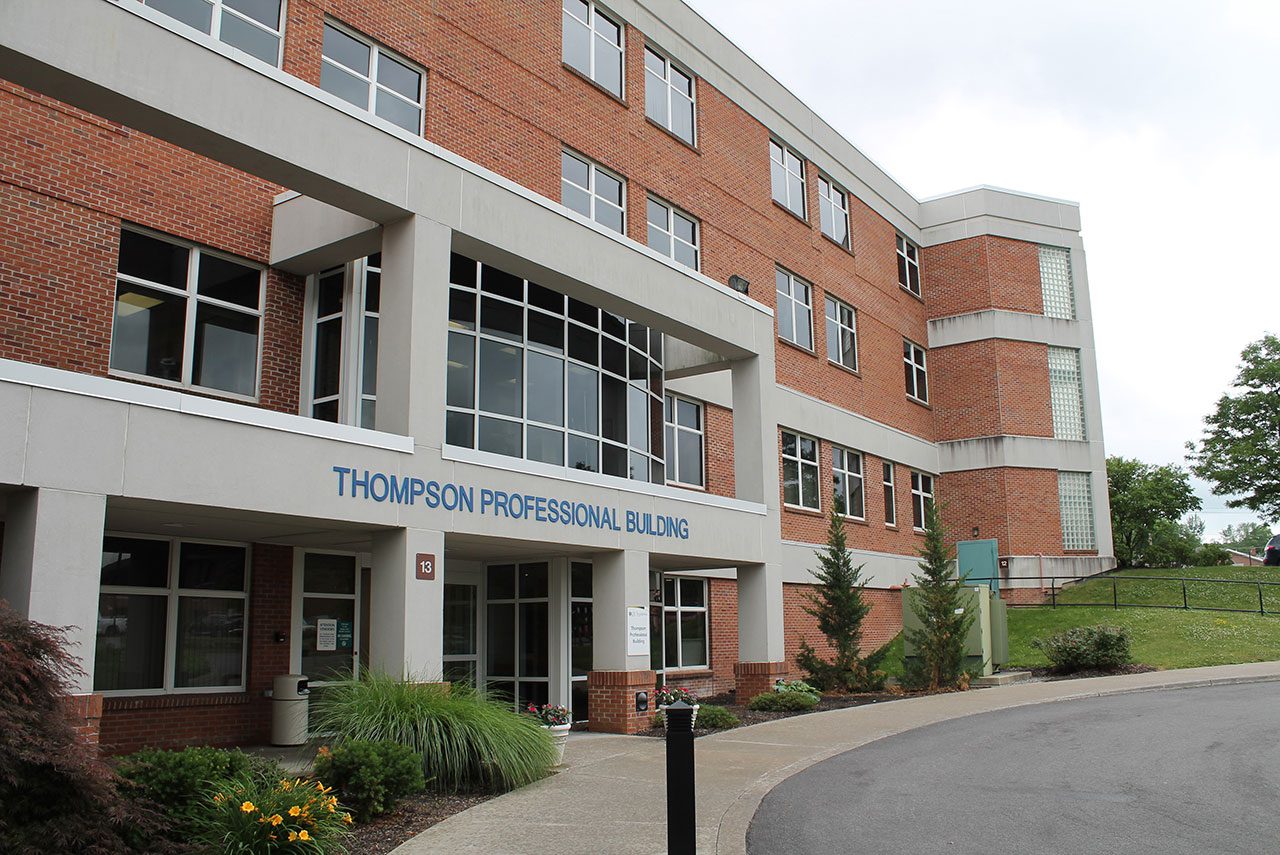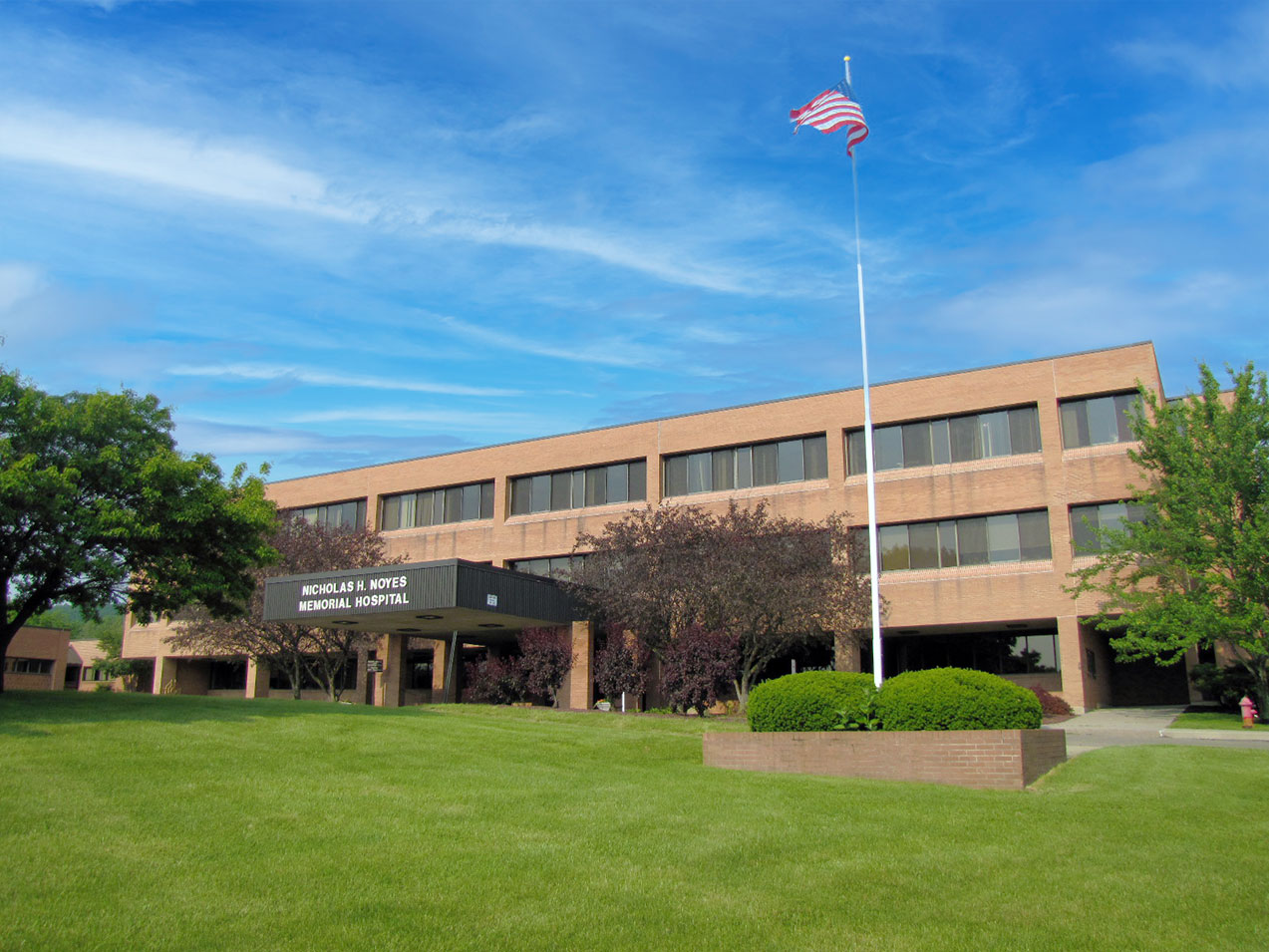Traumatic Brain Injury (TBI)
Make Appointments & Get Care
What Is A Traumatic Brain Injury (TBI)?
Traumatic Brain Injury (TBI) occurs when a sudden external force damages the brain, leading to short-term or long-term changes in cognitive, physical, and emotional function. It is one of the most common causes of disability and death in adults.
TBI can be:
- Focal – Damage occurs in one specific area of the brain.
- Diffuse – Damage affects multiple areas of the brain.
The severity of TBI ranges from mild concussions to severe brain injuries that may result in coma or permanent disability.
What Causes TBI?
Common causes of TBI include:
- Motor vehicle, pedestrian, and bicycle accidents
- Falls
- Assaults
- Gunshot wounds
How Does TBI Affect Daily Life?
People living with TBI may experience:
- Difficulty with attention and concentration
- Memory loss
- Slower processing and understanding information
- Trouble expressing thoughts and communicating
- Challenges with reading and writing
- Impaired planning, organization, and decision-making
- Changes in behavior, mood, and impulse control
UR Medicine's Treatments for Traumatic Brain Injury (TBI)
Such a complex injury requires a comprehensive approach. Depending on the level and type of trauma, a patient’s treatment team will include nationally recognized medical experts from Neurocritical Care, Neurosurgery, Trauma, and our Physical Medicine and Rehabilitation departments.
We use state-of-the-art monitoring in our new Neuromedicine Intensive Care Unit (NMICU), including equipment to monitor brain oxygenation and temperature at all times. For burn victims with TBI, the Kessler Family Burn/Trauma Intensive Care Unit provides specialized care.
We're also leaders in rehabilitation medicine, to help patients recover from severe brain injuries. Our experts in the Department of Physical Medicine and Rehabilitation consult early in the process, which is vital to successful long-term recovery.
Our specialists are fellowship-trained—the highest level of training available. They're part of a multidisciplinary rehabilitation team offering advanced technology and compassionate care for the full range of traumatic brain injury, including:
- Subdural Hematoma
- Epidural Hematoma
- Brain Contusion/Concussion (mild TBI)
- Skull Fractures
What Sets Us Apart?
We are the only full-service trauma center in the Rochester metropolitan area and surrounding region. The American College of Surgeons has officially verified us as a Level 1 Trauma Center, the highest designation. It means we’re recognized as able to give complete care for all aspects of traumatic brain injury—from prevention through treatment and rehabilitation. We are also home to the Rochester metropolitan area and surrounding region's only Neuromedicine Intensive Care Unit.
We're uniquely staffed to match a patient’s injury to a physician who specializes in those exact needs. These subspecialists examine patients in the hospital and admit them to acute inpatient rehabilitation if needed, then continue to care for patients in an outpatient setting to improve their quality of life.
Our Traumatic Brain Injury program provides surgical and non-surgical care for head-injury patients, with neurosurgeons with renowned expertise in treating TBI available 24 hours a day, seven days a week.
Locations
View All LocationsWe serve you in the Rochester metropolitan area and surrounding region.
View All Locations12 locations
2180 South Clinton Avenue
Rochester, NY 14618
Parnall Office Building at Rochester General Hospital
1445 Portland Avenue, Suite 305
Rochester, NY 14621
84 Canal Street, Suite 8
Big Flats, NY 14814
Thompson Professional Building
395 West Street, Suite 007
Canandaigua, NY 14424
Noyes Memorial Hospital
111 Clara Barton Street, Suite 178A
Dansville, NY 14437
St. James Medical Office Building
7309 Seneca Road North, Suite 102
Hornell, NY 14843
5901 Lac De Ville Boulevard
Rochester, NY 14618
7995 Call Parkway, Suite 100
Batavia, NY 14020
Strong Memorial Hospital
601 Elmwood Avenue
Rochester, NY 14642
1340 Washington St, Suite 3
Watertown, NY 13061
Patient Education & Support
Brain Injury Support Group
UR Medicine Physical Medicine and Rehabilitation is partnering with a local community-based organization, Empowering People’s Independence, to host a brain injury support group for both survivors and their loved ones. This support group was created with the intention of strengthening the community of support for all those touched by this condition to promote overall encouragement, comfort, and hope through what can be a very isolating experience. We are here to offer support - our community is not in this alone.
This group meets the 4th Wednesday of every month from 5 – 6 p.m., join us via Zoom.
Contact for more information:
BrainSupport@urmc.rochester.edu or call (585) 276-4347)
Related Services & Conditions
- Stroke
- Balance Training
- Cognitive Rehabilitation
- Inpatient Acute Rehabilitation
- Neurological Rehabilitation
- Neuropsychology Service
- Spasticity
- Concussion (Mild TBI)
- Physical Medicine & Rehabilitation
- Neurosurgery
- Emergency Imaging
- Diagnostic and Interventional Neuroradiology
- Dysarthria
- Facial Paralysis
- Cognitive-Communication Disorders
- Botox Therapy (Neurology)
- Neurorehabilitation
- Speech Therapy
- Brain and Spinal Cord Injury Program
- Traumatic Brain Injury (TBI) or Acquired Brain Injury Rehabilitation
- Chronic Traumatic Encephalopathy (CTE)




